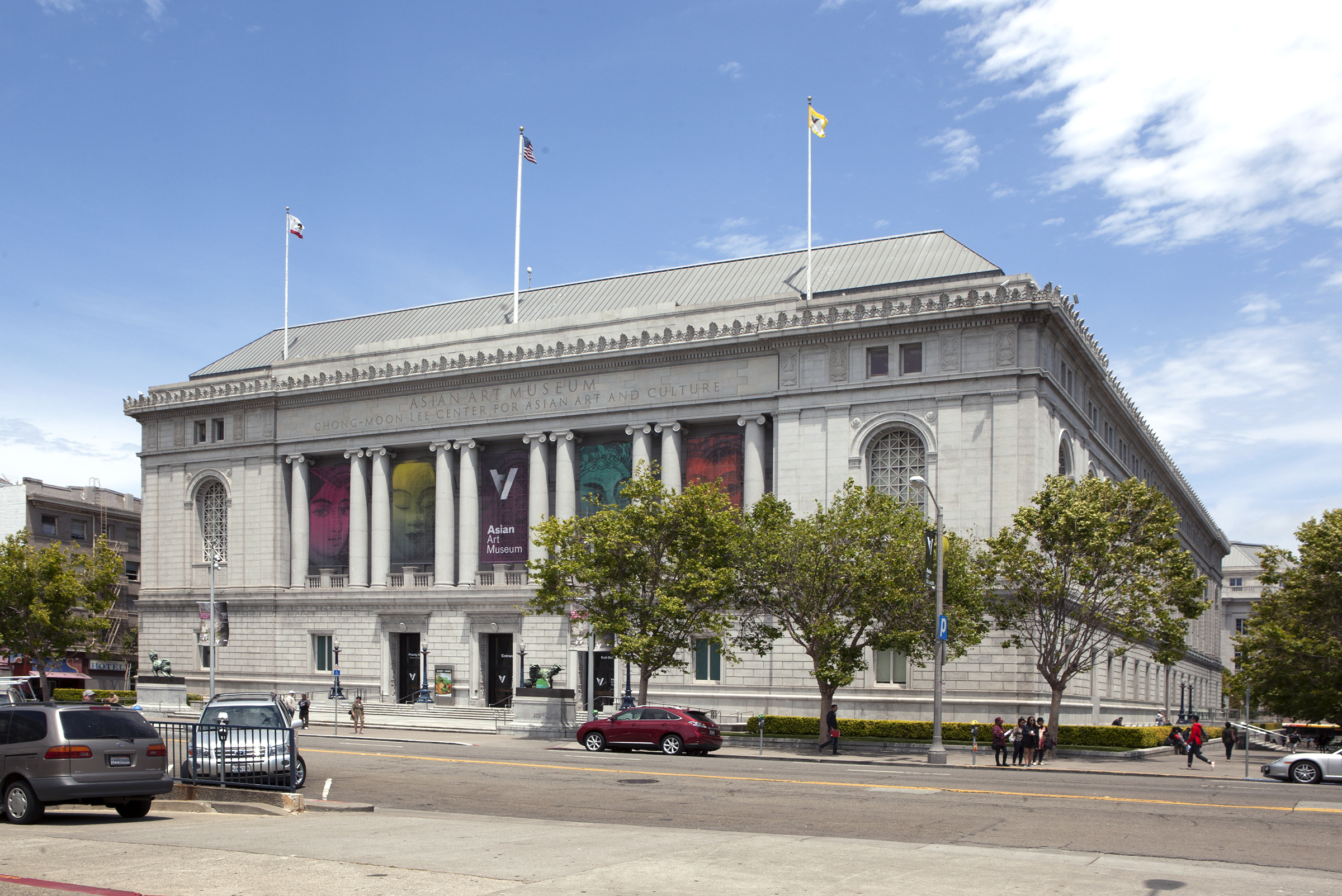
Front facade of Asian Art Museum ? Asian Art Museum
The existence of an art museum is the most important cultural symbol and vehicle for any city or country. It does not just shoulder the inheritance of culture and the accumulation of artistic wealth, but it also stands for the vision and development of future public education. The history of the Asian Art Museum in San Francisco can be traced back to the “International Exhibition of Chinese Art” held by the Royal Academy of Arts London in 1935-1936. When Chicago industrialist Avery Brundage went on a tour to London, after carefully appreciating the exhibition, he became passionate about Chinese art and began to pursue a collection of ancient art from China and the whole of Asia. The original collection in the Asian Art Museum was donated by Avery Brundage whose goal was to create a “bridge of understanding” between the U.S. and Asia. Its collection now comprises of more than 18,000 artworks spanning 6,000 years and it is one of the most important museums, with one of the richest collections of ceramics, bronzes and jade in the world. As the first Chinese American director of a major art museum in the history of the U.S.A. and the first Asian American museum director selected to be an academician of the AAAS (American Academy of Arts and Sciences), Dr. Jay Xu, Director and CEO of Asian Art Museum, has been committed to promoting the understanding and appreciation of Asian art and culture to diverse communities and audiences worldwide.
The sudden pandemic that started in early 2020 disrupted the exhibition plans of most international art museums. Almost all art museums have temporarily closed their exhibitions and adopted corresponding online digital galleries for the purpose of effectively curbing the spread of the pandemic, thus ensuring the safety and health of their communities. With the support of the American Alliance of Museums, the Asian Art Museum of San Francisco cooperated with WeChat to successfully launch its “Touring Museums Online” project. Taking this opportunity, CAFA ART INFO conducted an interview with Dr. Jay Xu to further discuss topics such as “future form and role of art museums,” “art education and publicity,” and “digitalization and free sharing of knowledge and collections.” We firmly believe that “the more difficult the moment is, the more energetic we will be,” the current suspension and forthcoming changes will definitely bring new possibilities and opportunities for art museums.
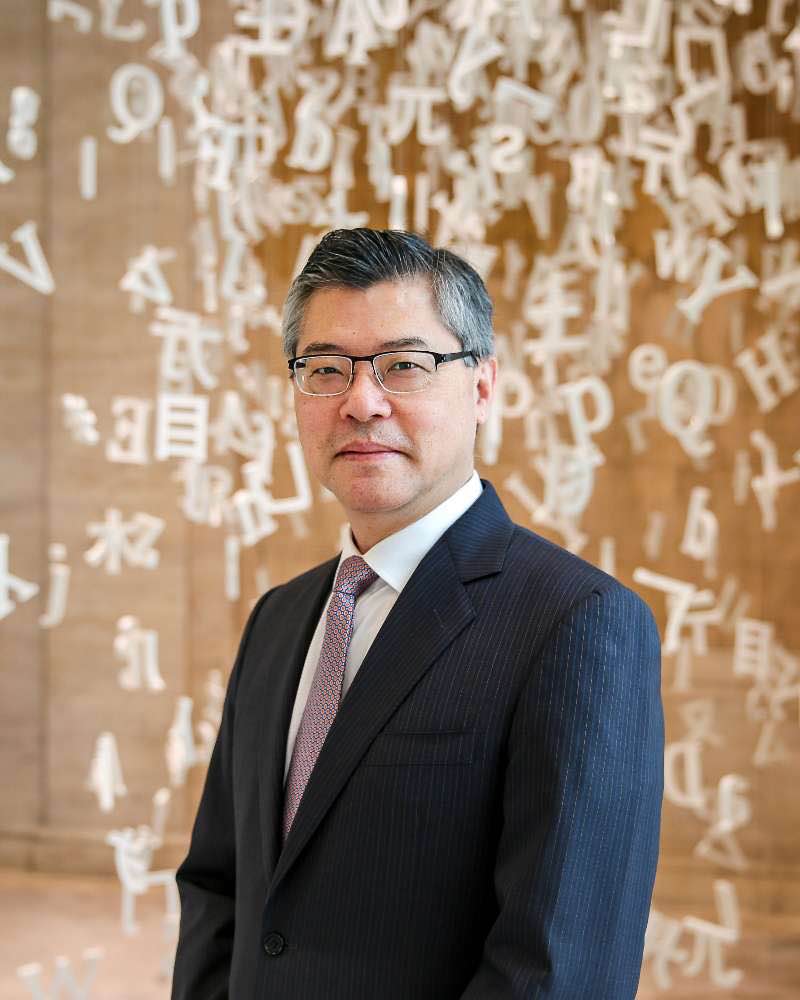
Dr. Jay Xu, Director and CEO of Asian Art Museum ? Asian Art Museum
Interviewee: Dr. Jay Xu
Interviewer & Editor: Sue Wang
Interview Date: 15 May, 2020
CAFA ART INFO: The Asian Art Museum of San Francisco has one of the richest Asian art collections of all museums in North America and you are also the first Chinese Director of a large-scale art museum in the history of the United States. The influence of the COVID-19 pandemic since early 2020 has spread from Asia to the whole world. Where were you when this outbreak occurred? Has your life and work been affected?
Dr. Jay Xu: I have been in San Francisco during the entire period before and after the outbreak. I was lecturing at Harvard University on March 1, when the public in San Francisco was already aware of the pandemic but it did not enter a particularly tense period. The anti-pandemic policy of “shelter-in-place” issued by the municipal government of San Francisco was officially announced on March 16, so we have been working at home for over two months and we are busier than before the outbreak. We work at home regardless of day or night, on working days or weekends. As the first challenge brought by the pandemic is the issue of economic crisis, if museums were temporarily closed, there will be no operating income, which has made a great impact on many museums, and how to operate and deal with it is still under discussion; another major source of funding for American museums is private sponsorship, but it is even more difficult to obtain sponsorship during the pandemic. The depressed economic situation has caused great uncertainty, so that this is the most direct challenge for every museum and there’s no exception for our museum. Now we have turned the Asian Art Museum into a “virtual” museum, because our museum’s mission is to serve our audience, our content is still quite rich. For our teams who are engaged in digital work and public education online, they are busier than normal, but some of our employees have nothing to do during this current state. Compared to the East Coast, the situation here is relatively stable. Till May 22, the number of confirmed cases in California just exceeded 90,000, accounting for 5.6% of the 1.6 million confirmed cases in the United States. Thanks to the timely response to the pandemic in San Francisco, the number of confirmed cases here was 2,300. San Francisco was the first city in the United States to issue the directive of “shelter-in-place.” For the sake of safety, our current plan is to reopen the Museum in mid July but it still under consideration.

With the support of the American Alliance of Museums, the Asian Art Museum of San Francisco cooperated with WeChat to successfully launch its “Touring Museums Online” project.
CAFA ART INFO: In response to the pandemic, the Asian Art Museum in San Francisco was temporarily closed. You have also written a letter to the public on March 14. What direct or indirect impact has the pandemic had on the Museum? What other strategies will the Museum take and follow?
Dr. Jay Xu: Yes, we closed the museum two days before the order from the San Francisco government. The pandemic of COVID-19 has a great impact on us. Generally speaking, the economic crisis is inevitable but our audience ranks first in my mind. If the museum was closed, our audience will not be able to see the exhibitions in person, let alone experience the physical artworks. No matter how wonderful the experience of the online virtual exhibitions can become, it is still different from direct communication between an audience and physical artworks. But virtual exhibitions are not our unique case as most museums have now taken the form of online galleries. What is special to us is that it took five years for the museum to undergo a transformation project to accommodate large special exhibitions and a growing, vibrant contemporary art program. It was originally scheduled to be unveiled on May 8. We had prepared many activities for this as well as a celebration that would last for a week, which would be free to the public. But it cannot be carried out as scheduled due to the pandemic. I felt deeply affected by this, but we will keep the overall plan unchanged. We must first of all overcome the current economic crisis, and after that we will launch our contemporary program step by step. In September 2020, we will launch a newly expanded open-air terrace, the East West Bank Art Terrace which is above the Akiko Yamazaki and Jerry Yang Pavilion, all of which will feature contemporary art displays by Asian and Asian American artists. Besides, in the spring or summer of 2021, we will invite teamLab to debut in the Asian Art Museum of San Francisco, which was originally planned to be held in May 2020. Currently our plans will be adjusted according to the changing status of COVID-19.
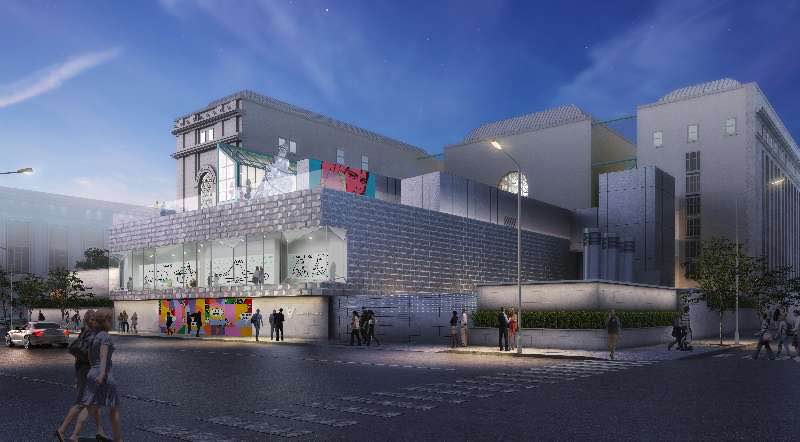
Akiko Yamazaki and Jerry Yang Pavilion Rendering 2020 ? Asian Art Museum and wHY
Meanwhile, we are also converting the displays of exhibition halls into an online museum as much as possible. We have an online version of physical exhibitions, pre-recorded activities and live activities, and we will convene with artists to discuss and communicate on their future projects in the Asian Art Museum. The projects were temporarily postponed due to the pandemic, thus we invited artists to focus on their experience related to this. It’s always fascinating and appealing to hear from artists, not just visual artists but also performing artists, as well as interesting and artist-led activities from life such as cooking, those creative activities that people are enthusiastic about. Nowadays chefs are performance artists. With rich collections, we will also have public programs which can help the public cope with the current difficulties, such as the use of images and interpretation of Buddhist art to help audiences sit or meditate, to reflect on themselves, to cope with the current complicated and frustrating changes. At the same time, we have also promoted events to respond to and counteract racially discriminatory speeches and behaviors against Asians with the joint effort of artists and our teams.
CAFA ART INFO: The vision of the Asia Art Museum in San Francisco is “Asian for All,” which means Asian culture serves all the people as its basic purpose. Since you started to serve as the Director for the Museum in 2008, what have you gained most? And what is your biggest challenge?
Dr. Jay Xu: Our vision is to make Asian art and culture essential to everyone, and becoming part of the mainstream American culture. Everyone has great respect for our museum, but so far Asian art has not really entered the mainstream of American culture and it is usually thought of as being niche and exotic. Asians have made a great contribution to American history and they are an indispensable part of the entirety of American society. That is why Asian culture and art should also become an essential part of American culture. This is my vision and our mission. During the course of my 12-years at the Asian Art Museum, I have been diligently working on my vision. I was also very pleased that we overcame the international economic crisis in 2008, but it did not occur to me that we might encounter a larger and more severe test this time. The implementation of our vision highlights the concept of “connecting” or “l(fā)inking up.” It is necessary to explore the connection of Asian art from a global perspective as Asia is not an isolated phenomenon, but rather influences and is influenced by the whole world. To link ancient art with contemporary art, the background of cultural history might be a direct challenge to or a subtle influence on a contemporary artist’s creation; I have always said that there is no ancient art in the world—that all art is “contemporary” —the bronzeware made in China over 3,000 years ago was the most avant-garde art at that time. Our museum has a particularly rich collection of ancient art, it’s exceptionally marvelous, thus in this context, the connection between the ancient and contemporary is particularly important and the contemporary experience of ancient art can be endless. By combining the two aspects of global interconnection and the connection between ancient and contemporary, we aim to provide an experience for audiences that all art is connected to contemporary life. If art is going to touch you, it must have a meaningful relationship with your life today. Nowadays the experience of visiting a museum is different from before, which was like a respectful visit to a religious shrine or temple. Currently going to a museum should be a very accessible experience in our daily lives, thus the content of our art exhibits and programs should be related to the interests and lifestyles of today’s life.

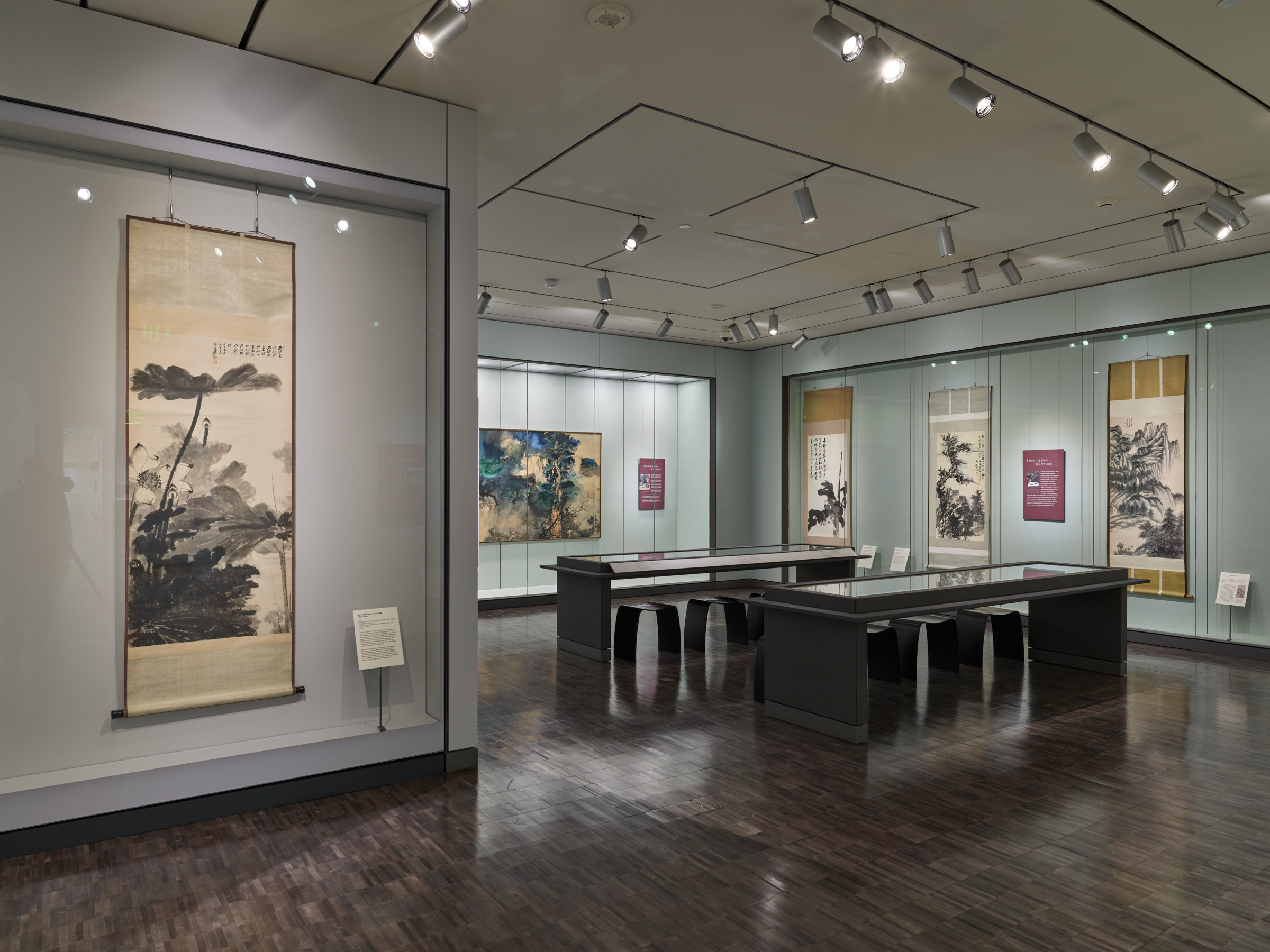
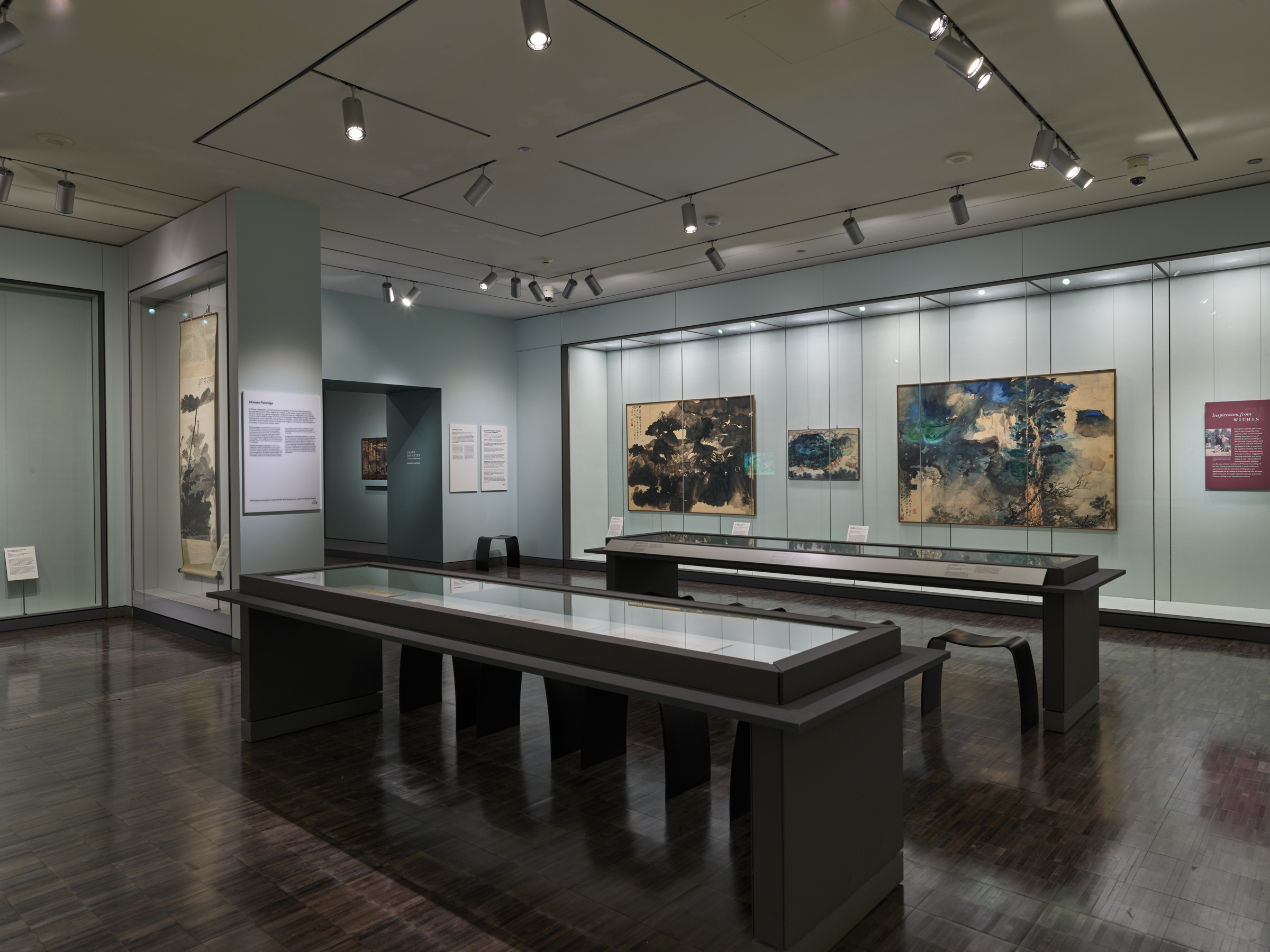
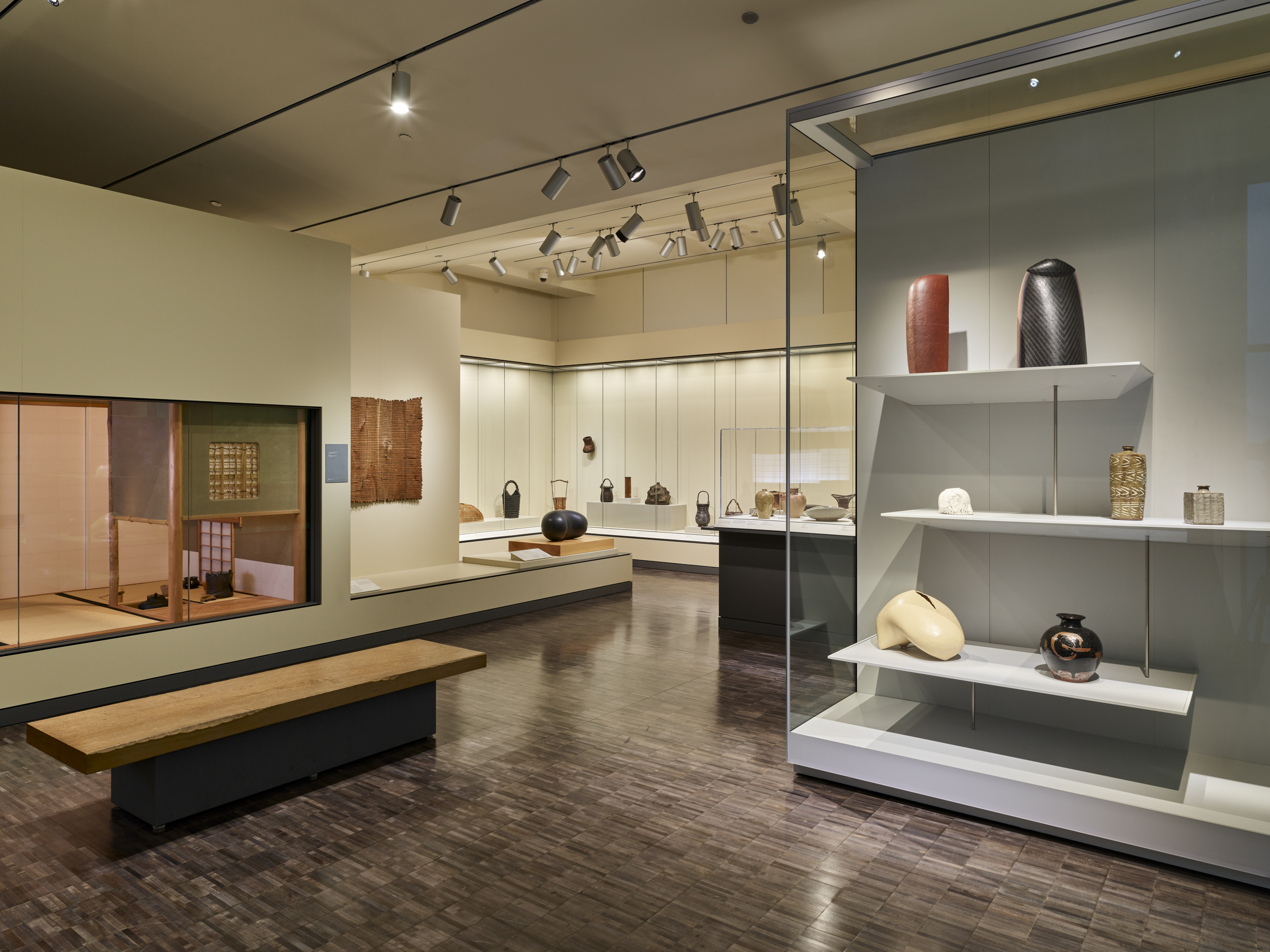
Collections on the Second Floor of Asian Art Museum ? Asian Art Museum
All of our exhibitions and displays have been focused on this aspect. This time the expansion and refurbishment of our museum highlights both visual effects and the diverse backgrounds of key exhibits in the collection that display of ancient art. With digital technology, we bring cultural relics back to the cultural context they came from. Meanwhile, we can use the entire museum as a platform for contemporary art, for both international Asian contemporary art and Asian American contemporary artists, especially those from the San Francisco Bay Area. Our purpose is to serve the community and inspire new ways of thinking by connecting diverse communities to historical and contemporary Asian art and culture through our world-class collection, exhibitions and programs. Asian American artists usually lack sufficient platforms in American society, it is also more difficult for them to enter mainstream American contemporary art circles, and they might likewise be ignored in Asia. The Asian Art Museum is supposed to provide just such a platform and bridge cultures, engage the imagination and encourage new ways of thinking. Therefore, we have several projects for our new pavilion and art terrace. Our museum has a professional contemporary art curatorial team and we have already connected with many artists, so our endeavors will be focused on promoting Asian American artists.
CAFA ART INFO: The current result from the pandemic has brought some operational difficulties and crises to cultural and art institutions all over the world. Some organizations have successively announced a “furlough” of their employees to reduce the pressure and maintain operations, which made people feel helpless and sad. What do you think of the impact of this crisis on the international art community in the future, and what’s your prediction?
Dr. Jay Xu: An artwork is the visual vehicle of the creation of the human spirit which condenses the essence of human self-expression and might have endless potential and interest. Therefore, I think that in the new world after we confront and overcome the pandemic, artists will play an indispensable role, expressing our confusion and the challenges we have been faced through their art, and exploring answers at the same time. Art can connect different individuals, ethnic groups and communities. Art can play a very important role as a bonding agent capable of bringing everyone together. We have to share this concept with everyone and with a great passion. When the economic crisis comes, some people will think what is the significance of art? Because it is not a practical product in daily life, but art has a very important role for people to deal with fear and crisis on a spiritual level. It can resolve confusion caused by the economic crisis through its special language and maybe even help resolve discrimination and hatred. Of course, the idea around art expressed here is a broader concept of art, including not only visual art but also other art forms and creative activities. Another very worrying aspect is that many artists are freelancers and their sources of income are already tenuous. Not every artist is well-known in international auction houses or collected by individuals or institutions. The entire art circle ecology has different economic levels, so how to support artists from a social perspective, provide artists with financial support and platforms, so that the artist can play their role in helping society overcome the crisis and consequences of COVID-19. We must work hard, so our museum will provide support and a platform for artists in this regard as much as possible. The Chinese term that you used to translate the word “Furlough” is “time-off”, which can be said to be an euphemistic term. Many ordinary salaried employees may not be able to withstand such “time off,” as it is chiefly “unpaid.” I will call it “unpaid leave,” sometimes It is also inevitable that direct layoffs will be made. This is also a very real dilemma, because if the institution is closed, it is even more difficult to support employees. You can't keep all the employment status unchanged when the revenue of the museum is greatly reduced. The challenge of a museum director is to identify as many paid options as reasonable as possible even if there are no perfect options.
CAFA ART INFO: Many indoor art spaces (museums and galleries) have taken the form of “online exhibitions” as they were temporarily closed to the public. How do you view this form of online exhibition? What do you think are the pros and cons of doing this?
Dr. Jay Xu: I think the form of an online exhibition is beneficial and doesn’t do any harm. On the one hand, this is a solution to a very real situation, because the concrete exhibition halls were temporarily closed; on the other hand, it is also an opportunity to actively magnify the value of museums and galleries, because art is indispensable for life, especially in the context of economic difficulties and social shocks, art becomes even more important. Exhibitions are launched online and each institution proliferates these, which also forms a benign competition. Therefore, if each institution can find the most suitable form based on its own characteristics that can attract the interest of audiences and create a more meaningful experience and leave an impression on everyone, it surely will be a win. It is not only very important for the present, but it should also be carried on after museums reopen when the pandemic is over. The ultimate purpose of the online experience remains the same which is that audiences will become more interested in connecting with the actual artworks. After COVID-19 is overcome, we will never return to the pattern of the past. You or me, being lucky or not, we have experienced this critical moment of human history. Future audiences will not be able to experience physical art museums together like before for a long time yet. We will now have to consider how to imagine, from the perspective of an audience, what the most beneficial, the most interesting, and the most exciting ways to stimulate minds are and at the same time to make sure these experiences are safe. Perhaps in the future, the online exhibition and the physical exhibition can work with each other to foster different but complementary effects.
CAFA ART INFO: You have been invited by the Central Academy of Fine Arts to participate in the International Art Education Conference and Forum. From your experience in museums and other non-profit art institutions, what do you think is the most important task in art education and practice? What advice do you have for young art students?
Dr. Jay Xu: The ultimate goal of education should not be to impart knowledge and dogma, but to stimulate the mind and interest and provide students with tools to explore external and internal worlds. In the future, graduates can enter society to explore their creativity according to their own ideas and the call of their own soul. It is most important for artists to open their own horizons, explore broadly, develop their own ideas, and freely pursue their own artistic path. Art is always innovative and the motivation for innovation is curiosity. As a member of society, we all have a responsibility to explore how to contribute meaningfully to society with our own artistic language.
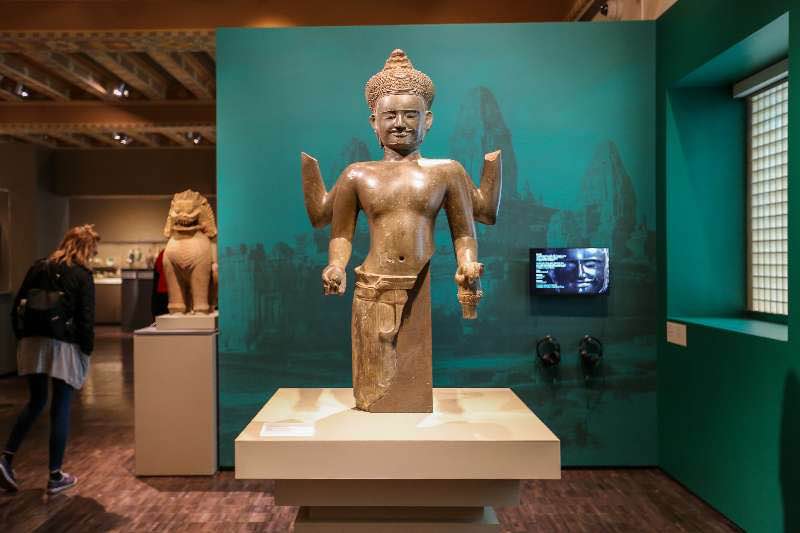
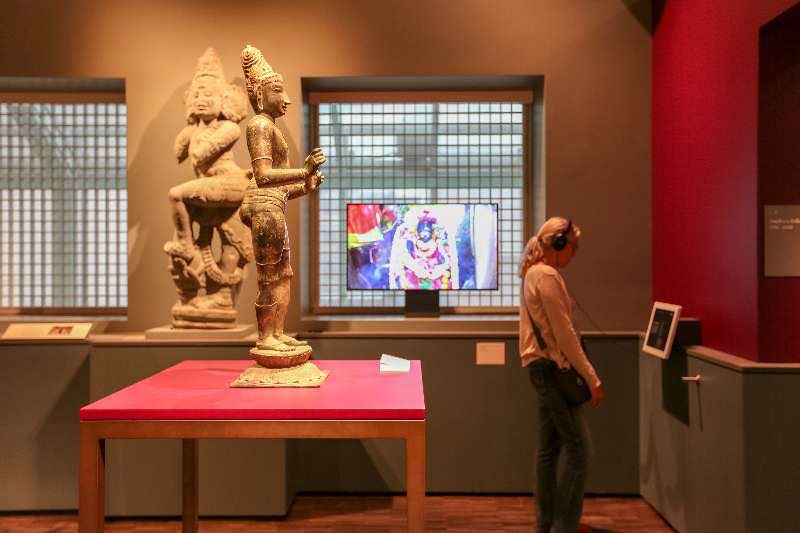


Collections on the Third Floor of Asian Art Museum ? Asian Art Museum
CAFA ART INFO: You once mentioned that “all art is contemporary art at the moment it’s created” and you have been trying to “connect” contemporary art with public education in the Museum, such as Liu Jianhua’s “Collected Letters,” what are your vision and plan for the “contemporary nature” of the Asian Art Museum in San Francisco in the future?
Dr. Jay Xu: In terms of “contemporariness,” first of all we want to be a leading platform for Asian American artists. At the same time, our museum lies in the northern end of the Silicon Valley. An important aspect of contemporary art development in the future is the integration and association of art and technology. Art will always develop concurrently with technology and future digital art, artificial intelligence, etc. are also the directions we will expand in. In addition, we are also committed to exploring the “contemporary potential” of ancient art to find out its significance in contemporary life.
With the approval of Liu Jianhua, the Chinese name of his work has been changed but the English name remains to be “Collected Letters” because the work is a large installation composed of a mixture of Chinese radicals and Latin letters. Radicals and letters are elements of writing systems, which are vehiclesof language. This work embodies the idea of linking ancient with contemporary and connecting China with the West. The other significance of choosing this concept lies in the history of the museum building. It was a Beaux-arts building constructed in 1917. The original function was the Main Library in the Civic Center of San Francisco. It was not renovated and transformed into the Asian Art Museum of San Francisco until the end of the twentieth century. Our museum moved from Golden Gate Park to the current venue in 2003. A library is a treasure trove of knowledge and culture. Words are the main tool for spreading knowledge. Many maxims from Western sages are engraved on the building walls. Through an installation using words as a medium, we were able to communicate the current mission of the building with its original mission.
CAFA ART INFO: The special exhibitions of the Asian Art Museum of San Francisco have always been known for their fusion of “broadness, popularity and academics.” What do you think of the connection and interaction between visitors and museums? How can the Museum develop within the community?
Dr. Jay Xu: We usually choose content that the public is already concerned with as the basis for the themes of our exhibition planning. The Asian Art Museum of San Francisco used to be a museum focused on ancient Asian art before I came here. Now we have changed this pattern. We do not give up our traditional strength, but at the same time we vigorously expand the contemporary nature and experience of ancient art, so that ancient art and contemporary art from Asia can be connected with the life of American people today, and we will further promote the artworks by Asian American artists so that they can be included in the mainstream of the United States. We hope that our community, especially those of Asian descent, will feel that the Asian Art Museum is a platform where they can speak, share their histories and traditions, as well as their contemporary achievements.
Photo Courtesy of the Interviewee and Related Organizations.
Note: The views and opinions expressed in this interview are those of the interviewee and do not necessarily reflect the official policy or position of CAFA ART INFO and its employees.




























